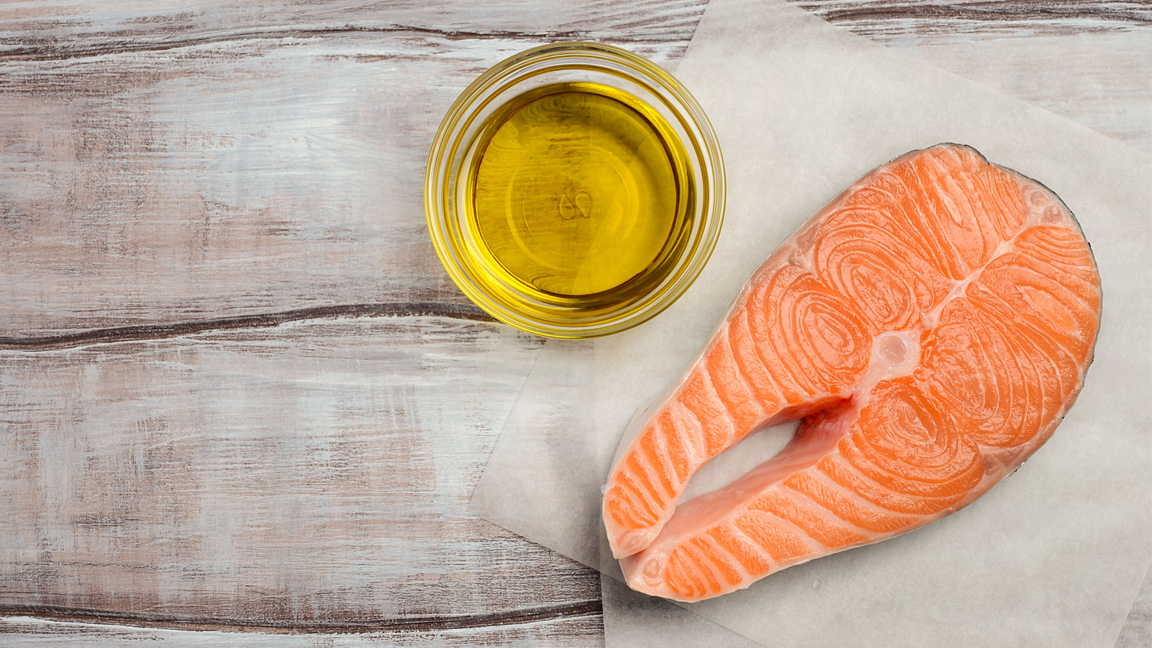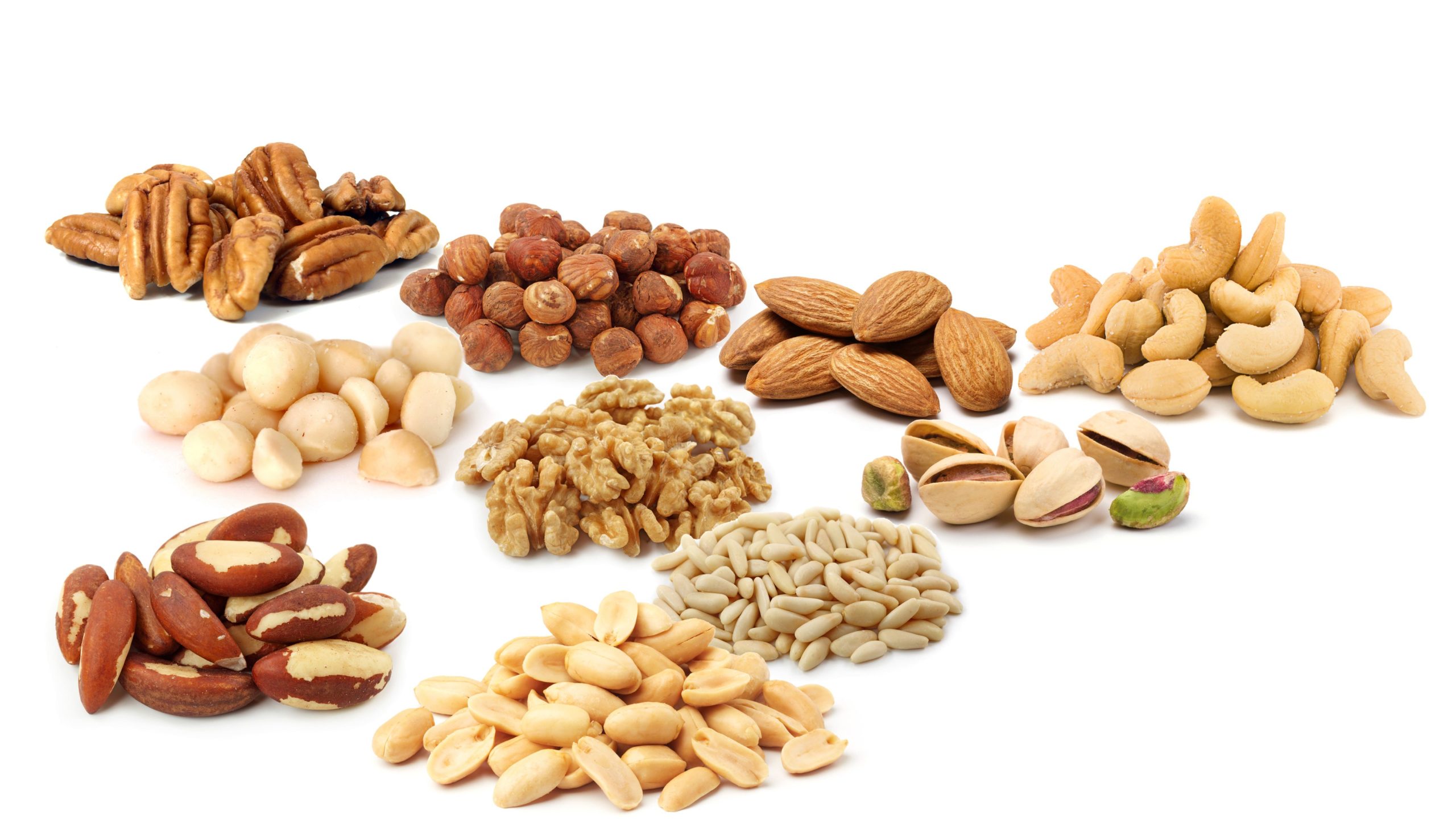What is Polyunsaturated Fat?

Most of our fat intake comes from three types of fatty acids: polyunsaturated, monounsaturated, and saturated. Each one has unique properties that interact with our bodies in different ways.

Polyunsaturated fats, in particular, sparked the first investigations into how certain fats may be essential for optimal health, growth, and development. This led to the discovery of omega-6s, omega-3s, and what we now know as “essential fatty acids” — which are all polyunsaturated fats.
Despite the scientific consensus that polyunsaturated fats are “healthy” fats, emerging research indicates they should not be considered as healthy in every context.
What is Polyunsaturated Fat? A Dietary Definition

Polyunsaturated fats or PUFAs (the abbreviation of “polyunsaturated fatty acids”) are typically referred to as “oils” because they are liquid at room temperature. They are found in most foods but exist in the highest quantities in fatty fish, plant-based oils, seeds, and nuts.
The first polyunsaturated fatty acid was discovered in the early 1930s — the omega-6 PUFA that we know as linoleic acid. This, as well as the omega-3 PUFA called α-linolenic acid (ALA), are known as essential fats because the human body cannot synthesize them.
These two PUFAs are also representative of the two classes of polyunsaturated fats: omega-3s and omega-6s. However, before we dive into the different PUFA types, let’s take a closer look at polyunsaturated fats to get a better idea of what we are looking at.
What is Polyunsaturated Fat? Through a Microscope

All fats have a similar chemical structure — i.e., a chain of carbon atoms bonded to hydrogen atoms. What makes one fat different from another is the length of the carbon chain and how many double bonds it contains. Seemingly slight differences in structure can translate to incredible differences in form and function.
Polyunsaturated fats are fatty acid molecules that have more than one carbon-to-carbon double bond. These double bonds play a significant role in determining the chemical properties of the fatty acid.
For example, high-PUFA oils are liquid at room temperature because they mostly consist of fatty acid chains with double bonds. In contrast, animal fats and coconut oil are solid at room temperature because they primarily contain saturated fats, which are fatty acid chains of single bonded carbon atoms.
Carbon-to-carbon double bonds also play a role in how the fatty acid impacts our health. Polyunsaturated fats and monounsaturated fats, for example, are both considered to be healthy fats, and their double bonds are what set them apart from other types of fat.
The number of double bonds makes a substantial difference as well.
In fact, PUFAs have been shown to reduce several risk factors for heart disease more substantially than monounsaturated fats. To understand why this may be the case, let’s explore the key differences between these two “healthy” fats.



